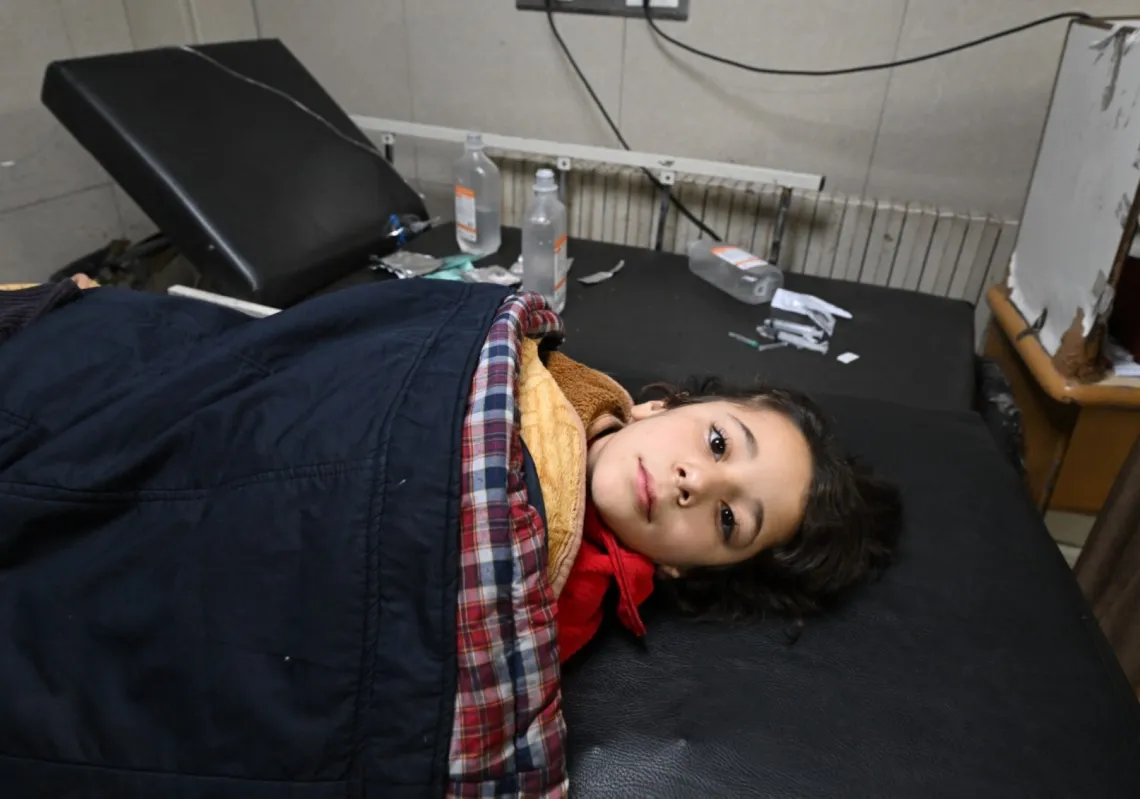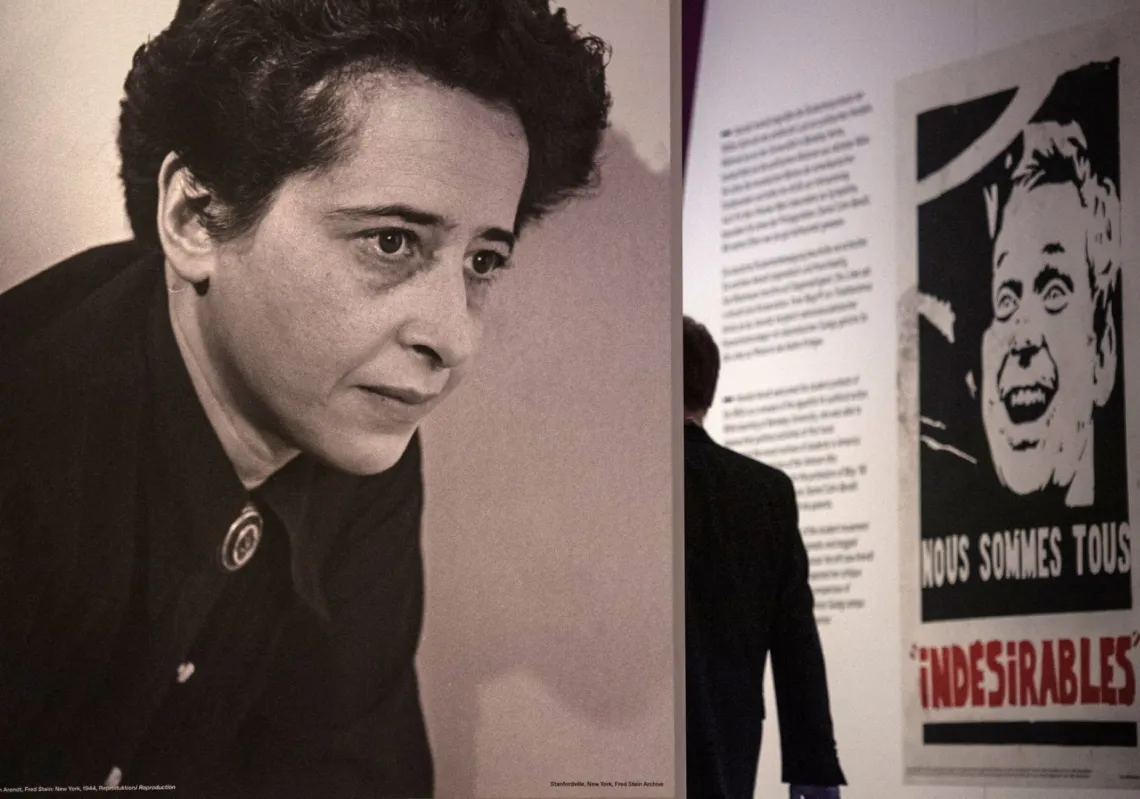A spate of recent polls shows President Trump’s standing has declined in several states crucial to his re-election, foremost among them Pennsylvania, a traditionally Democratic state which Trump surprised observers by capturing for the Republicans in 2016. This has re-ignited a debate over the utility of modern polling, which often relies on uncertain models of the electorate’s composition on election day.
TRUMP POLLING SLIPS IN THE BATTLEGROUND STATES
According to a joint poll conducted by the Washington Post and ABC news, Vice President Joe Biden now holds a 9-point lead over President Trump in the critical state of Pennsylvania. The poll shows the president holding 45 percent support as against Biden’s 54 percent among likely voters. This perhaps reflects Biden’s oft-touted working-class upbringing in Scranton, PA as well as a consistent history of polling well among the state’s blue collar demographic.
Pennsylvania is crucial for several reasons. Its 20 votes in the electoral college could easily sway the election in the event of a close race. It is also one of a trio of so-called ‘Rust Belt’ states — upper Midwestern, with predominantly post-industrial economies — that President Trump flipped in 2016 by narrow margins, despite a long history of voting Democratic in presidential races. Pennsylvania was won by the President by less than a single percentage point in the last election; at present, he is at serious risk of losing a crucial element of the coalition which brought him to the White House.
Similar winds are blowing across numerous other crucial battleground states. Minnesota, which was held to be the President’s best opportunity for flipping another traditionally Democratic state, now shows Biden holding a 9.4 percent lead. Wisconsin and Florida, both of which are crucial to President Trump’s re-election hopes, are showing narrow leads for Biden of 5.5 percent and 1.1 percent, respectively.
THE VAGARIES OF MODERN POLLING
However, as skeptical analysts of Biden’s chances are quick to point out, most polls in 2016 showed Secretary Clinton winning a comfortable victory over then-candidate Trump. As President Trump himself noted, in critiquing a gloomy assessment from the normally friendly Fox News, “One of the worst polls in 2016 was the @FoxNewsPoll. They were so ridiculously wrong. Fox said they were going to change pollsters, but they didn’t. They totally oversample Democrats to a point that a child could see what is going on.”
Unfortunately for the President, as election analyst Nate Cohn recently wrote, “if the polls were exactly as wrong as they were four years ago, Mr. Biden would hold the Clinton states and flip Michigan, Pennsylvania, Arizona and Nebraska’s Second District, giving him more than the 270 electoral votes needed to win.” Moreover, such a scenario would rest on a failure of polling firms to adjust in a bid to account for their underestimation of Trump’s impact on the composition of the electorate.
Pollsters have spent a substantial part of the last four years attempting to rectify that mistake by re-examining their assumptions on voter turnout. As one famous 2017 report concluded, “Many polls – especially at the state level – did not adjust their weights to correct for the over-representation of college graduates in their surveys, and the result was over-estimation of support for Clinton.” Pew, one of the most prominent polling firms, similarly observed that “Voters who graduated from a four-year college are more likely to answer surveys than other adults and, in recent years, they are also more likely to support a Democrat for president. If a battleground state poll does not adjust for having too many college graduates, it is at risk of overstating support for a Democratic presidential candidate.”
As one firm detailed, one of the most critical elements of an accurate poll is constructing an accurate model of which demographic groups are likely to vote on election day. In other words, pollsters are in the position of “basically guessing about who's likely to vote.” If pollsters undersample demographic groups, “because if they're not talking to people who are voting or if people talk to them and give them their preference and it turns out they don't vote, then the poll is really no predictive value.”
Sign up for our Weekly Newsletter
Get the best of Majalla, straight to your inbox.








